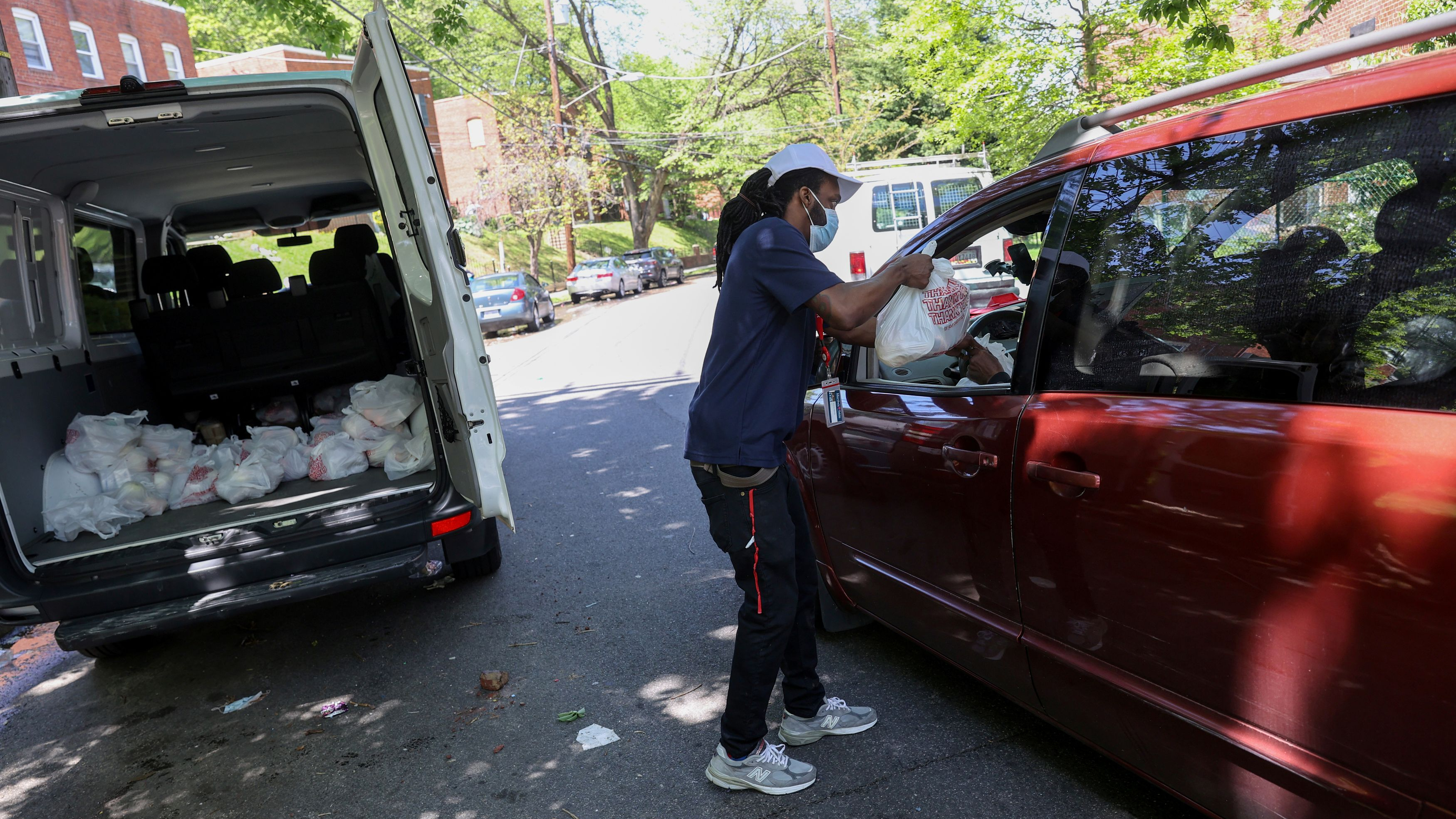
Editor's note: Yannan Collins is a consultant with a media background in the United States. The article reflects the author's opinions, and not necessarily the views of CGTN.
In the U.S., the COVID-19 pandemic has affected some people more than others. This outcome was caused by the economic inequality which already existed before the pandemic, and sadly this disparity is expanding as the pandemic develops. People of color, ethnic minorities, and women are facing more financial obstacles than their white male counterparts.
Before the pandemic, the occupational segregation, which describes the uneven distribution of workers across occupations based on racial backgrounds and gender, was already contributing to entrenched inequality.
Still considered as the main caregiver of the family in society, women are more likely to give up their careers or education and thus less likely to reach a higher managerial level. The vicious cycle for working women is that the lack of job protections, such as paid maternity leave, is stopping women from positions that are more protected.
Minority communities have similar but slightly different stories. Before the pandemic, households at the brink of poverty and homelessness are largely black and Latino. Lacking resources and financial stability, minorities are less likely to finish higher education, ending up in the lower-paid shift or hourly positions.
In the last decade, rent has been rising significantly faster than income across major cities, where minority communities gather. For example, in San Francisco, the minimum wage increased by 57 percent from 9.92 U.S. dollars per hour in January 2011 to 15.59 U.S. dollars per hour in July 2019, while the average rent of a two-bedroom apartment went up by 80 percent from 2611 U.S. dollars to 4,713 U.S. dollars during the same period.
In this pandemic, these underpaid minorities and women made up most of the frontline essential workers: Women make up 76 percent of essential workers in healthcare, and 73 percent in government and community-based services. People of color make up 50 percent of essential workers in food and agriculture and 53 percent in industrial, commercial, residential facilities and services. 69 percent of essential workers do not have a college degree.

A staff member of Martha's Table, a local nonprofit organization, distributes bags of donated groceries to residents in the Buena Vista neighborhood during the COVID-19 outbreak, in Washington, U.S., May 4, 2020. /Reuters
A staff member of Martha's Table, a local nonprofit organization, distributes bags of donated groceries to residents in the Buena Vista neighborhood during the COVID-19 outbreak, in Washington, U.S., May 4, 2020. /Reuters
Essential workers not only are more likely to be exposed to coronavirus but also have few choices. The increasing rent mentioned earlier, for instance, has been pushing more people with lower-income under the same roof. For the first time in 160 years, the average household size has increased by 6 percent since 2010. Compared to their white counterparts, minorities have a harder time finding the extra space to social distance or quarantine.
Additionally, minority groups have less access to adequate healthcare. Due to the lack of paid sick leave, minorities are more likely to show up at work even feeling sick. All of the above -more people at the frontline, more people in one household, more underline health issues, more likely go to work while sick-further exposed the minority groups to COVID-19, and contribute to the higher affection rate and death rate in black and Latino communities.
This racial and gender disparity also exists in non-essential workers. Job losses caused by the pandemic are greater for people of color, women, and less-educated. Suffered by far the largest losses, the leisure and hospitality industry wiped out 7.7 million jobs, most of which were minimum or near minimum wage jobs held by minorities and women.
Even in industries where men are dominant, women are losing more jobs: Women made up 25 percent of jobs in the transportation and warehousing industry but suffered 39 percent of the layoffs in the sector.
Business ownership does not exempt a person of color or a woman from this trap. Though Paycheck Protection Program loan was designed to help small business owners, the loan was distributed by the authorized banks who serve customers with existing relationships first and granted based on a business's monthly payroll.
And due to historical discrimination, minorities are less likely to trust commercial banks and thus less likely to have banking relationships. Compared to white and male-owned businesses, minority and women-owned businesses on average have 30 percent fewer employees, limiting them to qualify for the loans.
Since the pandemic started, the U.S. has lost 22 percent of its small business, but women-owned businesses experienced a 25 percent drop; Asian businesses experienced a 26 percent decline; Latino businesses were devastated with losses of 31 percent. African-American businesses were hit the hardest, losing 41 percent of business owners.
Furthermore, the future seems bleak. As COVID-19 new cases re-surge in the U.S., industries, such as hospitality, healthcare, and education, that employ largely minorities and females, do not anticipate to be back to business soon.
Combined with women being the major childcare or elderly-care giver in the family, the new norm of working from home is burdening women with more responsibility. Already, 14 percent of women are considering quitting their jobs to manage family responsibilities.
Meanwhile, corporate and government leaders, being out of touch with working-class experience, have not been addressing the disparity. They are pushing for a "return to normal," which would not solve the problems. Rather, the "normal" created the inequality before the pandemic; the "normal" caused this chaos.
(If you want to contribute and have specific expertise, please contact us at opinions@cgtn.com.)